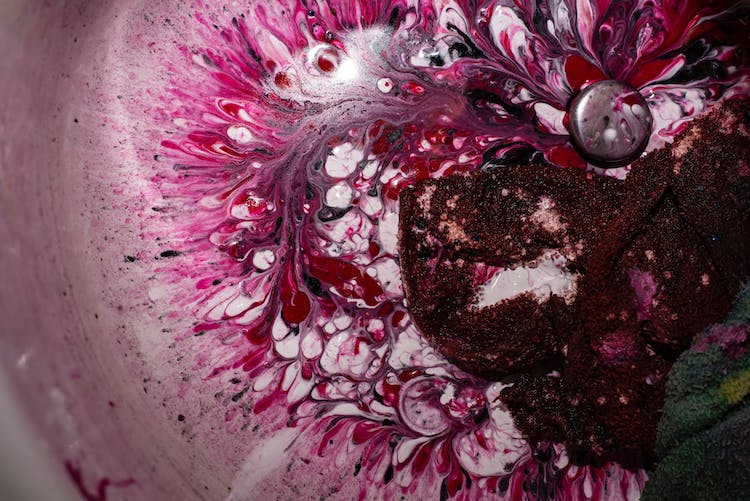Choosing the right material for laser cutting projects can make a huge difference when it comes to ensuring your project is successful. With the wide variety of materials available, it can be difficult to decide which one best suits your project. In this article, we’ll explore the criteria to consider when selecting materials for laser cutting projects, and look at some of the most common materials used. With the right information, you’ll be able to choose the best materials for your laser cutting projects.
Factors to Consider when Choosing Materials for Laser Cutting Projects
Thickness of the material
When it comes to laser cutting projects, one of the most important things to consider is the thickness of the material. Different machines have different capabilities when it comes to cutting different material thicknesses. Therefore, it’s important to review your machine’s maximum cutting depth before selecting a material for your project.
For example, if you are using a lower powered laser cutter, you’ll need to choose a thinner material.
Heat resistance
Heat resistance is an important factor to consider when choosing materials for laser cutting projects. Laser cutters work by directing a high-powered laser beam at a material, cutting or engraving the material with incredible precision. However, the intense heat generated by the laser may cause some materials to weaken, warp, or melt, resulting in a poor-quality finished product.
To ensure successful laser cutting, it is important to select a material that can withstand the high temperatures generated by the laser cutter. Heat-resistant materials such as stainless steel, aluminum, and titanium are ideal for laser cutting projects. These metals are commonly used in industry and are specifically designed to tolerate the heat generated during laser cutting.
Design complexity
When it comes to considering design complexity when choosing materials for laser cutting projects, complexity will impact the type and thickness of materials that are most appropriate. Generally, the more complex the design is, the thicker the material needs to be in order to ensure that it can be cut accurately and safely by the laser cutter. Thinner materials will be better for simpler designs, since they will cut easier and faster.
If a design is particularly intricate and detailed, then thicker materials will be necessary to ensure the details are accurate and clear.

Tips for Choosing the Right Material for Laser Cutting Projects
Research material types
When it comes to selecting the right material for laser cutting projects, research is key. Knowing the types of materials that are available, and which ones are best suited for the project you are working on, will ensure the success of your project. The most common materials that are used for laser cutting projects include wood, acrylic, plastic, and metal, and each of these has unique features and advantages that should be considered when selecting the material for the job.
Wood is one of the most popular materials for laser cutting because of its general versatility and relatively low cost. It is relatively easy to cut and holds its shape well, so it is ideal for intricate laser cutting work.
Compare finishes and coating options
Choosing the right materials for laser cutting is an important factor for successful projects. Before selecting the materials for a laser cutting project, you should compare finishes and coating options. This will help you determine which material is best suited for the job.
Finishes refer to the outer surface of a material, such as gloss or matte. Glossy finishes reflect light and are often used on higher-end projects, while matte or satin finishes provide a more subtle look.
Carefully consider budget
When it comes to choosing the right materials for laser cutting projects, it’s important to carefully consider your budget. To figure out which option will work best for you, you need to determine the size, complexity, and timeframe of the project. Knowing your material requirements ahead of time will allow you to choose the best material and remain within your resources.
When it comes to materials for laser cutting, the most common is acrylic.

Advantages of Laser Cutting
Accuracy and precision
Choosing the right materials for laser cutting is essential for any project that requires accuracy and precision. With laser cutting, you’re dealing with high heat and power and pressure, so having the right material that can hold up under those conditions is key. There are a variety of different materials that can be used when it comes to laser cutting, from metals to plastics, and each type of material will have different advantages and disadvantages.
Variety of materials that can be used
When it comes to laser cutting projects, choosing the right material is essential in order to ensure a successful outcome. Different materials react in different ways when subjected to the intense heat generated by a laser cutter, so it is important to carefully consider what material is best suited for your project. Some of the most commonly used materials for laser cutting projects include wood, paper and cardstock, acrylic, leather, rubber, and sheet metal.
This wide variety of materials provides a great deal of flexibility for creative projects. Wood is one of the most popular materials for laser cutting projects thanks to its ease of use and its ability to precisely capture intricate detail.
Reduced wastage of material
When it comes to laser cutting projects, selecting the right materials is key to achieving the desired results. Most materials, such as wood and acrylic, are compatible with laser cutters, but to get the most out of your project, you need to choose the right material. The right material not only ensures that the final product is of high quality but can also help reduce wastage of material, making your project more cost-effective.

Can you use different materials on a laser cutter?
Yes, different materials can be used on a laser cutter. Depending on the type of laser cutter, there are various types of materials that can be used, including wood, metal, acrylic, fabrics, leather, and paper. Wood – Natural wood is a great choice for laser cutting projects due to its suitability for engraving and cutting various shapes.
Plywood and MDF can also be used for laser cutting projects, as they are relatively cheap and easy to work with. Metal – Mild steel, stainless steel and aluminium are popular metal options for laser cutters.

Conclusion
Conclusion Now that you know the different properties of materials as well as the types of laser cutting machines, it’s time to select the best materials for your laser cutting projects. There are many factors to consider, such as size and shape of the cutting material, the type of laser cutting machine and the quality of the material. Consider the budget you have for your project, the cutting accuracy and how important longevity is for your project.
You will also need to determine which material is the best for the job.


